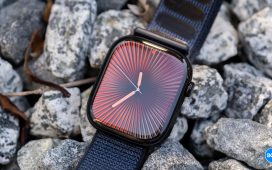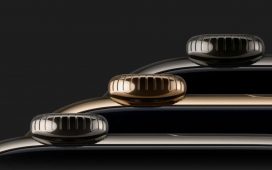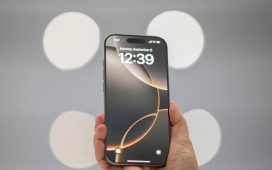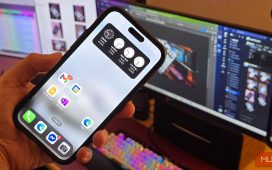From left: Apple Music, YouTube Music, and Spotify.
Credit: Lifehacker
Each music streaming service varies in terms of its features and its interface, but unlike the video streaming apps, the actual content selection is broadly the same across them all: You get access to tens of millions of tunes, on demand, across all of your multiple devices.
With that in mind, it doesn’t make a lot of sense to subscribe to multiple music streaming platforms. People are far more likely to make a choice between them, find their preferred service, and then stick to it—and once you’re invested in terms of playlists and listening history, it’s not easy to leave.
But I’m signed up to not one, not two, but three music streaming services—and I’ll try and explain why I stay active on all of them. If you’ve only ever stuck with one option, you might not know there are actually some key differences between them, and different ways that they’re all worth the money.
Admittedly this isn’t going to be right for everyone, and it’s definitely expensive. As a tech journalist I get to write about these different streaming apps for a living, which helps justify the cost, and your mileage may vary in terms of whether the differences between these platforms make any difference to you.
Before we get into the three streaming services themselves, a shout out to a fourth service, Last.fm: It tracks listening across multiple music platforms, which means I can look back on my musical tastes and how they change over time, even as I’m bouncing among three separate subscriptions.
Apple Music: the legacy choice
I’ve been listening to digital music through iTunes since the start of this century, which is a big reason why I continue to rely on Apple Music for most of my day-to-day listening. I still have a carefully curated collection of local digital music files, and Apple Music can blend these seamlessly with new music that I stream on-demand. For bands I really like, I still buy the music—both to support them, and just in case one day I want to stop renting music (and movies, and TV shows).
The other major reason I use Apple Music above every other streaming service is the control you get over your library and over your playlists: There are algorithms here, of course, and music recommendations, but I’m much less reliant on them. Apple Music is a throwback in terms of how you can organize the music you like and determine what you listen to, rather than just opening up an app and clicking play on whatever auto-generated playlist looks most appealing.
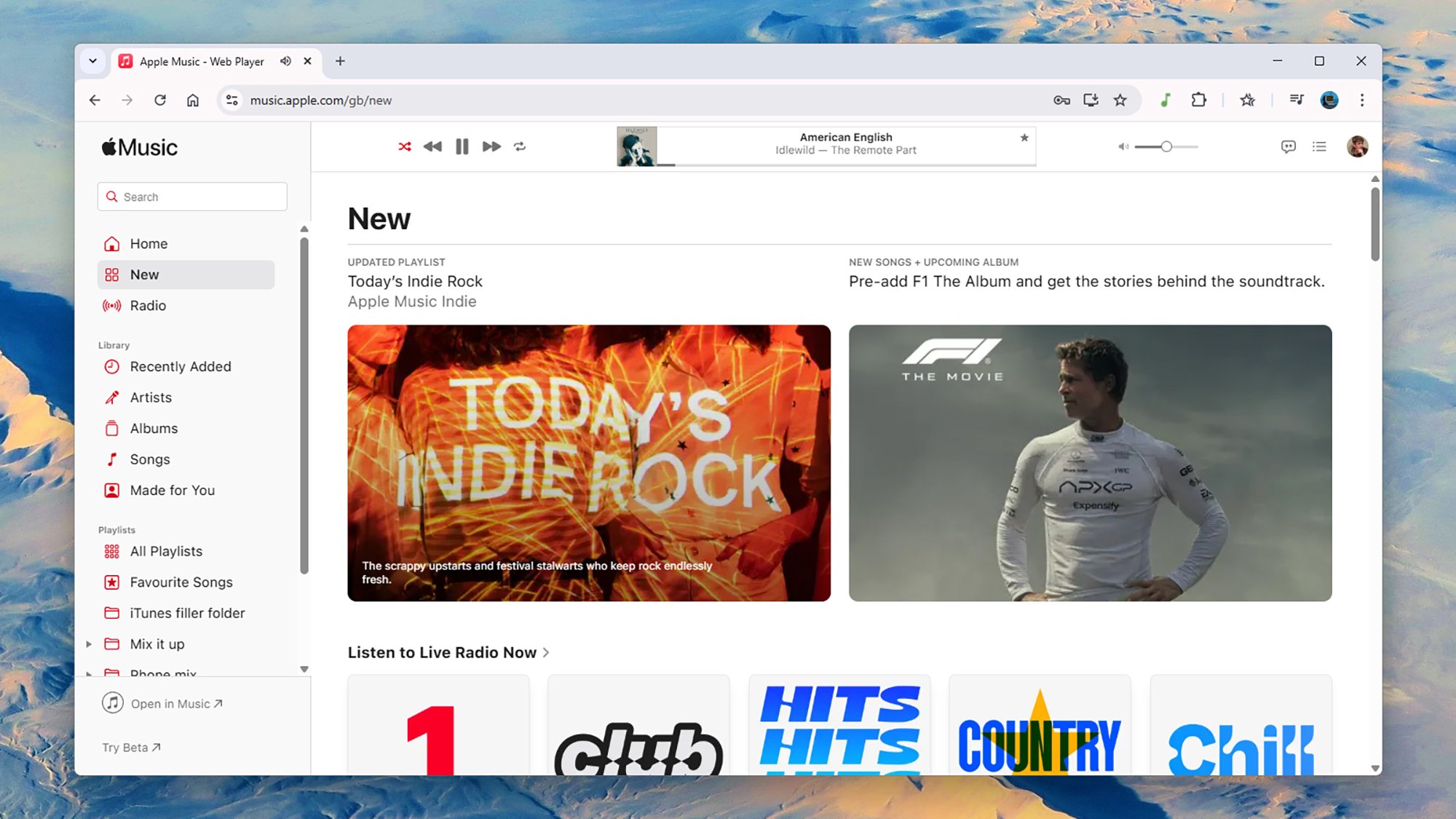
Apple Music supports smart playlists.
Credit: Lifehacker
Smart playlists are an important part of this experience, too. They let you build playlists based on your library, based around a whole host of criteria: total plays, date, genre, rating, the last played date, artist, and more. They update in real time, so a “songs I haven’t heard for six months” playlist will constantly refresh as you listen to it and the metadata updates.
I’ve spent more time than I care to admit curating numerous smart playlists. They let me balance new music with old music, prioritize my favorites while still adding in more obscure cuts, and mean that forgotten tracks that I haven’t heard for a year or more will still occasionally pop into my queue without me having to dig for them. If I ever go down to just one music streaming service, this is the one I think I’d keep.
YouTube Music: the widest choice
YouTube is the opposite of Apple Music in some ways, because I’ll often just click on a music video I like and see where the recommendation algorithm takes me. YouTube probably knows my musical tastes better than any other app or platform, because of the hours I’ve spent clicking around on those brightly colored thumbnails, and it’s great for discovering new bands and new songs.
It’s an easy, sit-back-and-listen experience, one that works everywhere: web browsers, TVs, phones, and tablets of any description. Just about every device can run YouTube. And any listening I do on YouTube is synced to YouTube Music (while all of my YouTube Music playlists are also accessible through YouTube)—I can switch between an audio and video experience as needed.
What do you think so far?
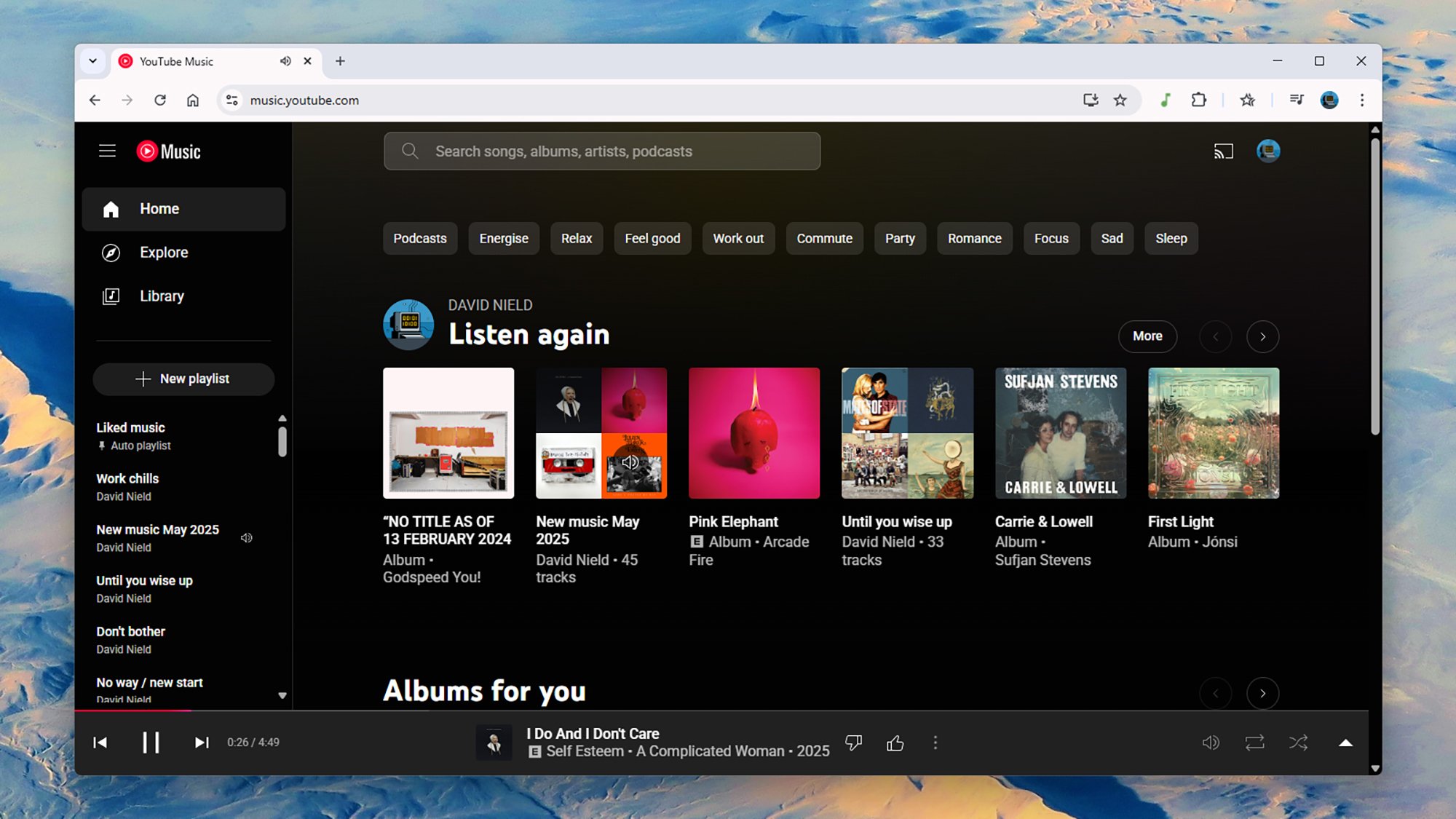
YouTube Music offers a wealth of music choices.
Credit: Lifehacker
That’s convenient and accessible, and on top of that there’s more music on YouTube Music (via YouTube) than anywhere else: live versions, b-sides, alternative takes you can’t find anywhere else, obscure gig recordings made by fans, and all the rest. There’s a depth and a breadth here that Apple Music and Spotify can’t match.
Another feature I like about YouTube Music is being able to queue up different playlists on different devices—even in different browser tabs. On my laptop I can have a new music mix (for entertainment) and a lo-fi chill mix (for concentration) available in neighboring browser tabs, and switch between them with a click. If I then go out in the car I can listen to a third YouTube Music playlist, without losing my place in either of the playlists I’m working through back at home.
Spotify: the power user choice
Finally, I subscribe to Spotify is that, well, even with everything I’ve already said about its competitors, it’s the best music streaming service. It has the most polished apps, with the most features available—like the Blend playlists you can use to combine your musical tastes with those of a friend to create a single mix, and the AI DJ you can get to queue up tracks for you.
When it comes to third-party speakers, apps, and AI assistants, Spotify is the music streaming service most likely to be supported: It doesn’t favor particular devices or platforms, as Apple Music and YouTube Music do. It’s available everywhere, and it’s the easiest for sharing music with other people, because almost everyone uses it.
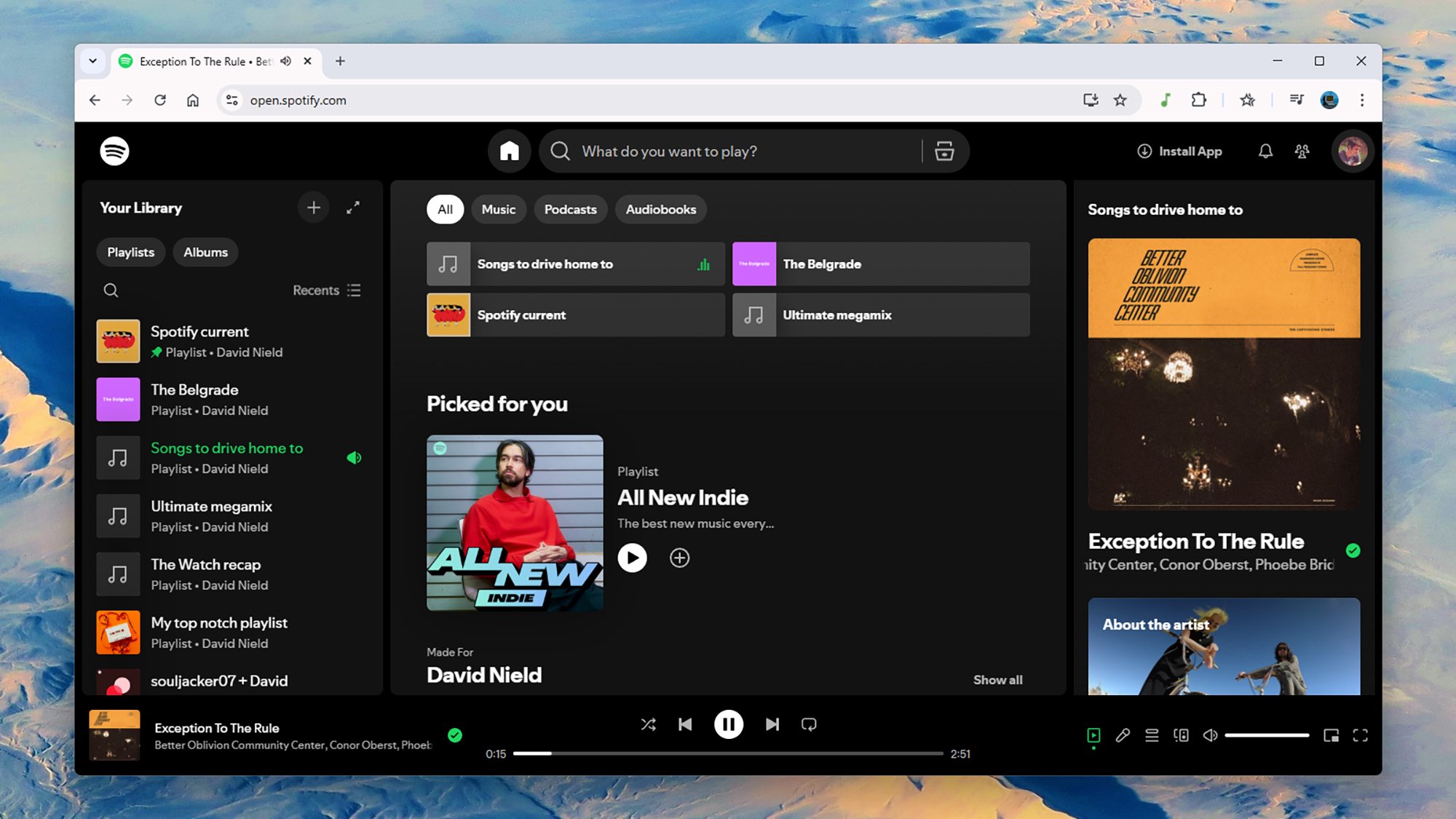
Spotify remains the most polished, feature-rich option.
Credit: Lifehacker
I use Spotify most for new music. It has a fantastic range of recommendation options, including the Release Radar playlist (new music by artists I like), and the Discover Weekly playlist (a weekly mix of new and old music, including some artists I know and some I don’t). I also enjoy all the weird and wonderful playlists other Spotify users curate and make public for everyone else.
What’s more (and despite what I said about YouTube Music), sometimes I do want a playlist that I can transfer from my laptop, to my smart speaker, to my car, and all the way back again, without skipping a beat—and Spotify handles this better than both Apple Music and YouTube Music.

